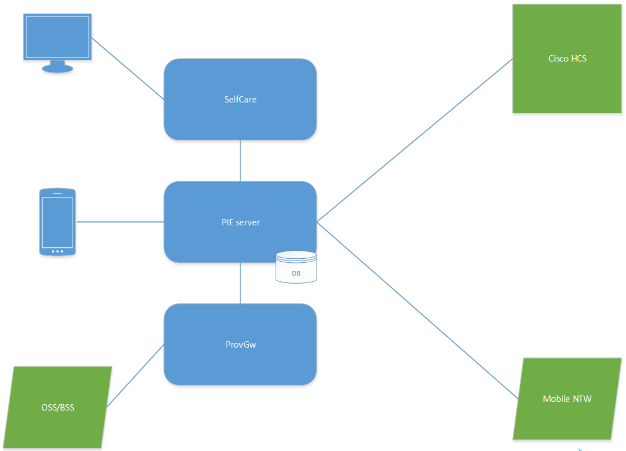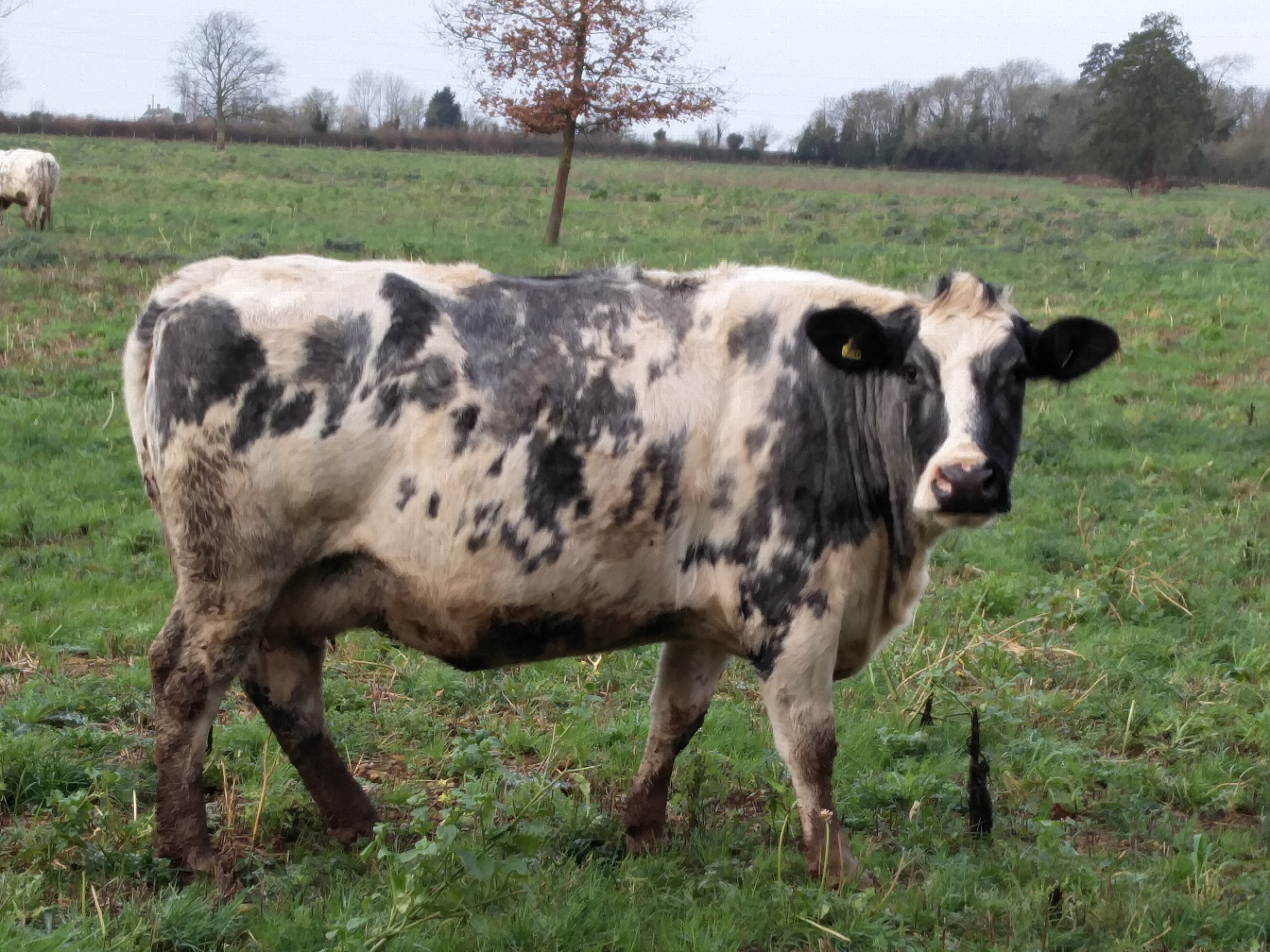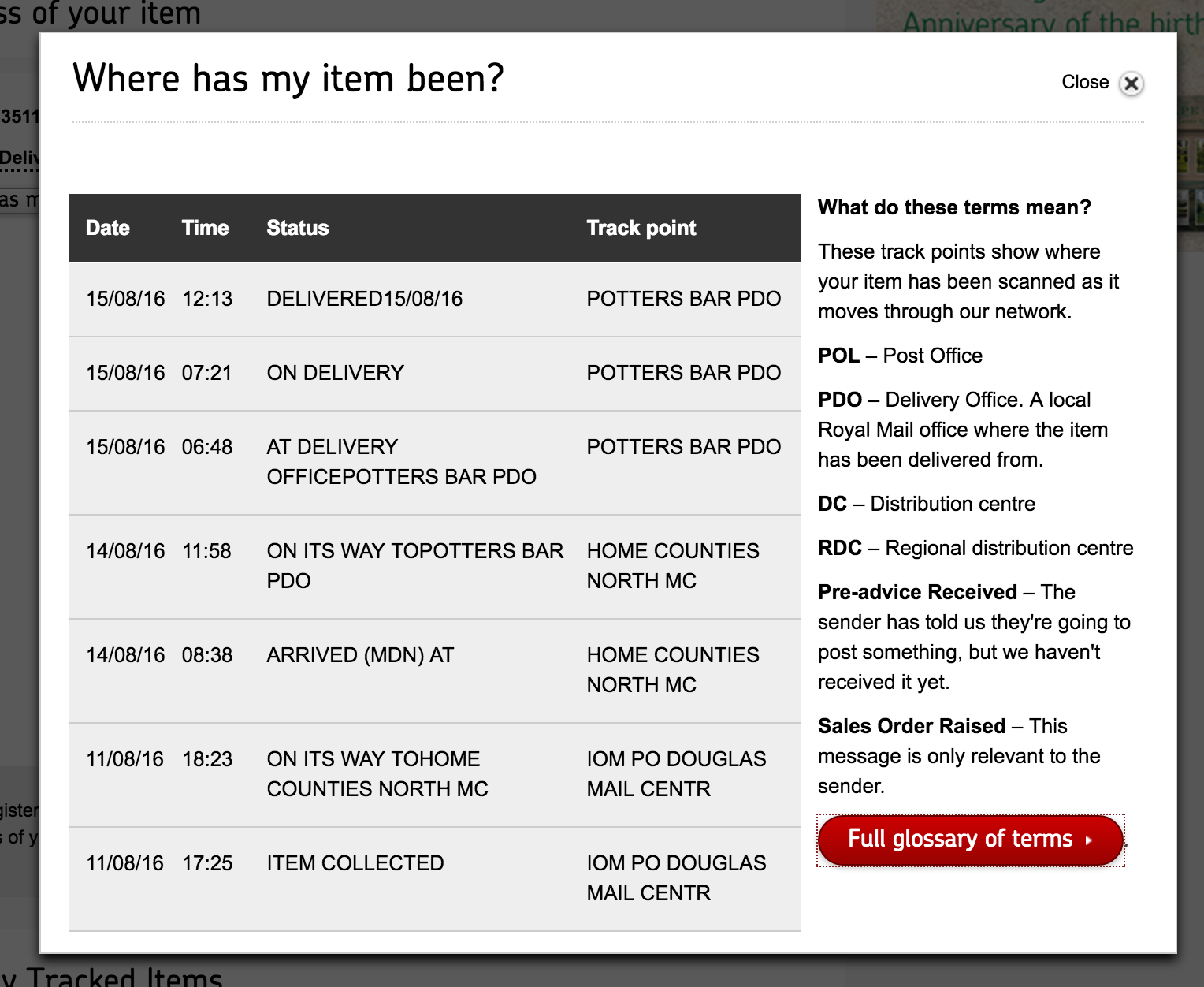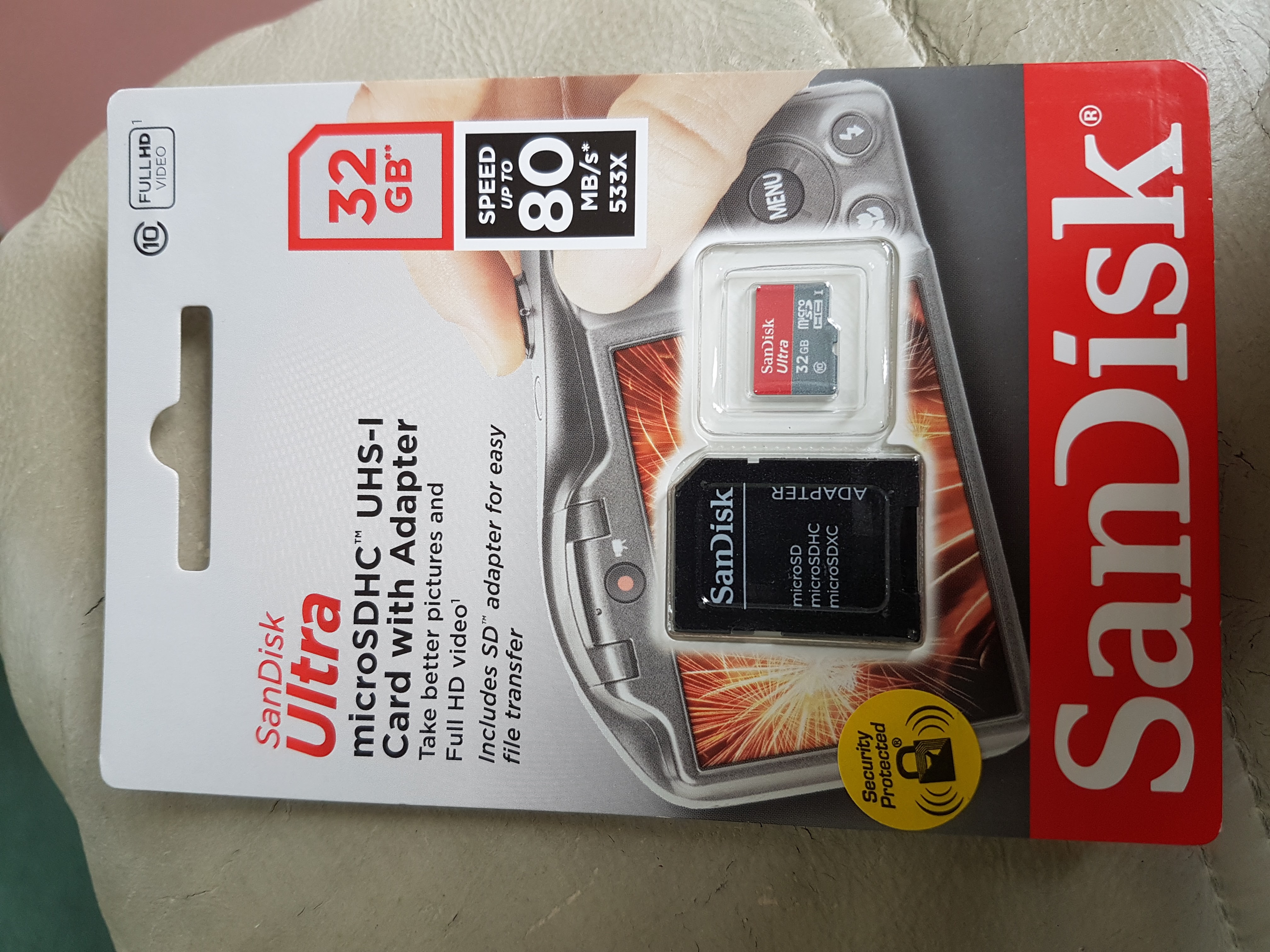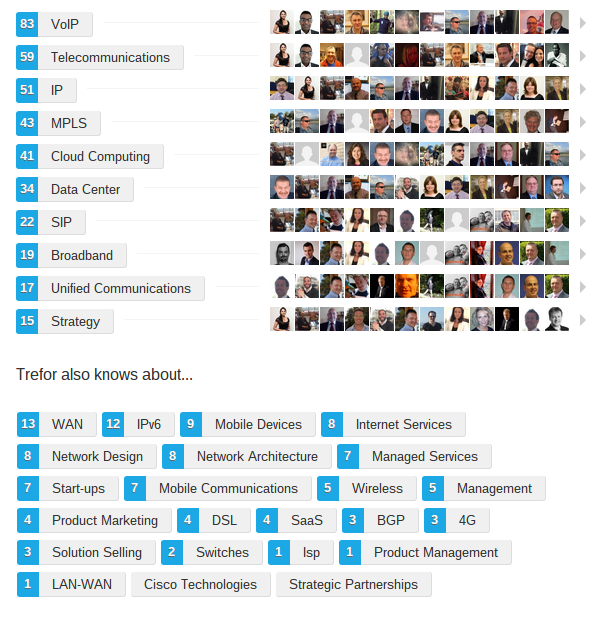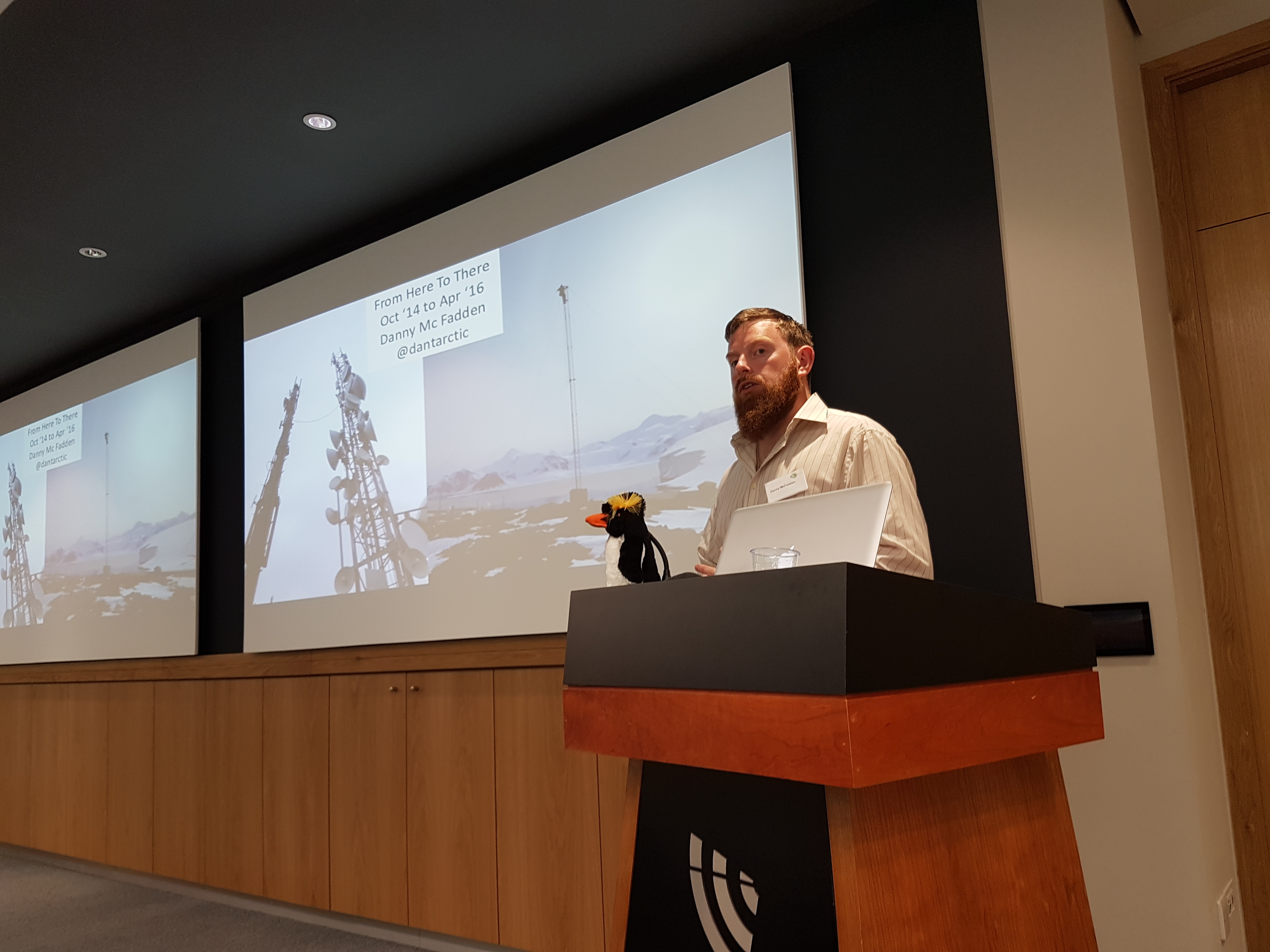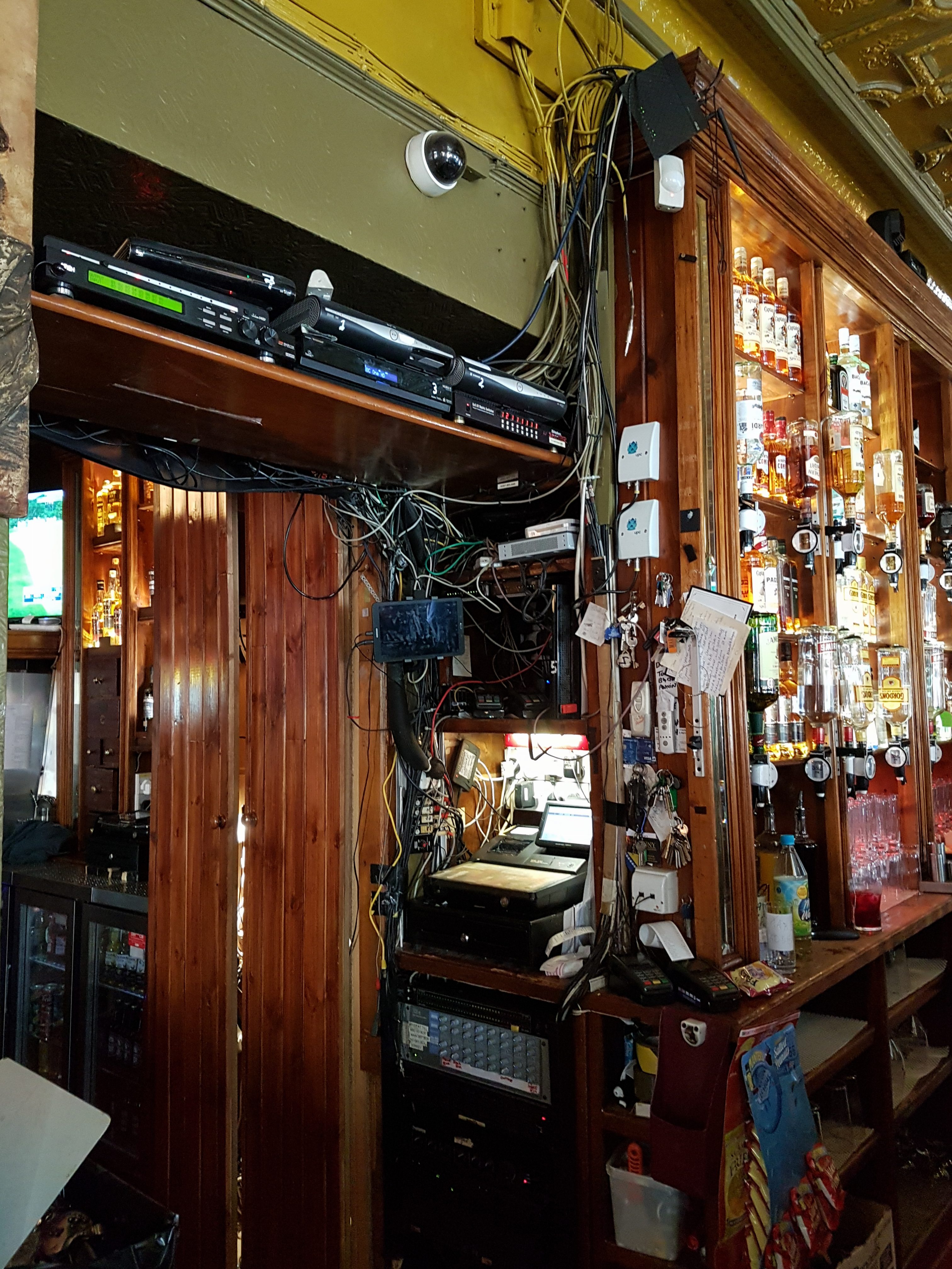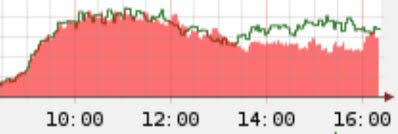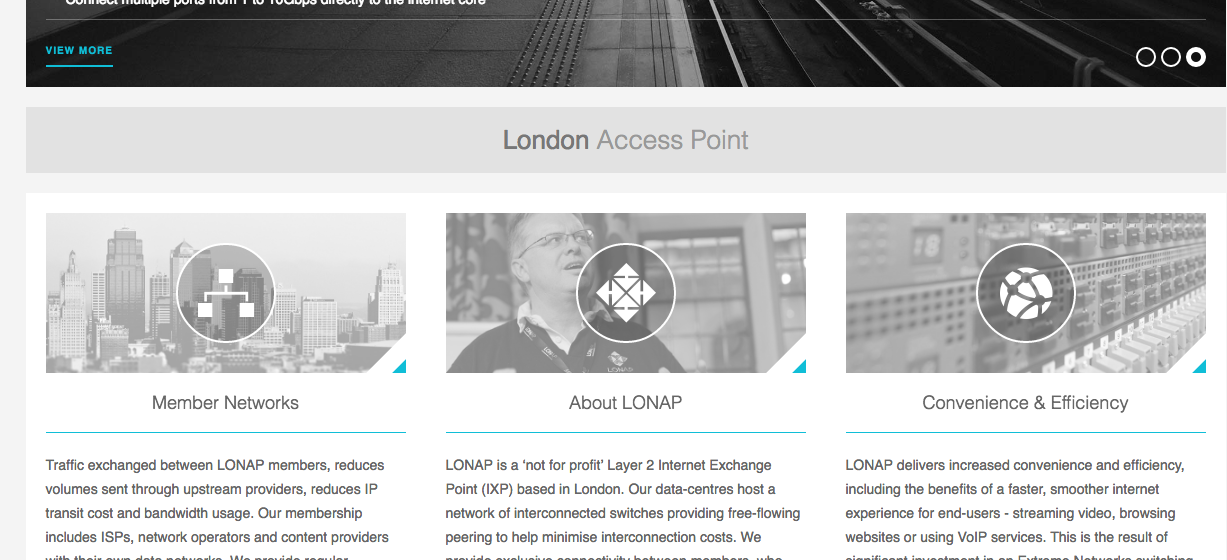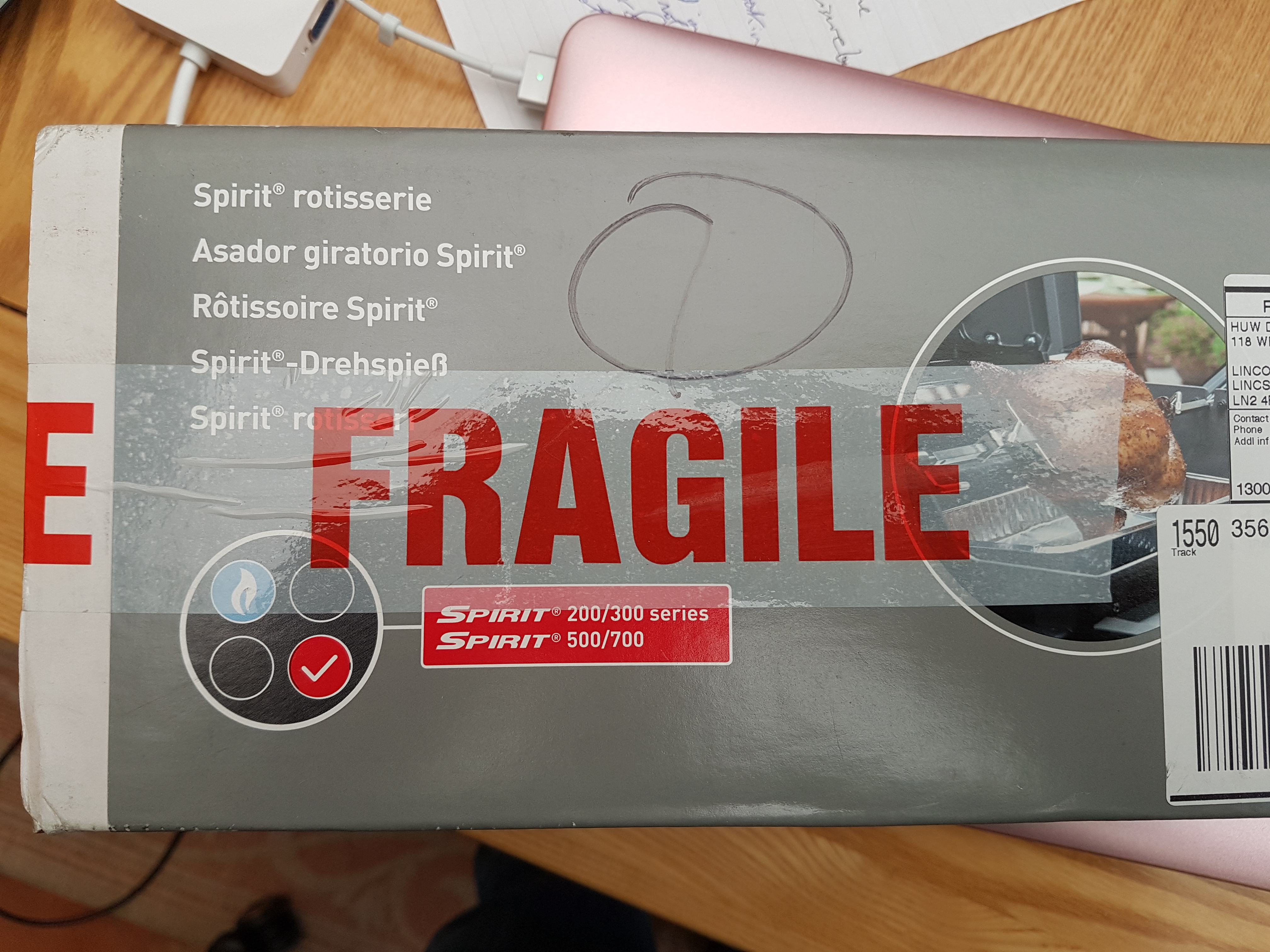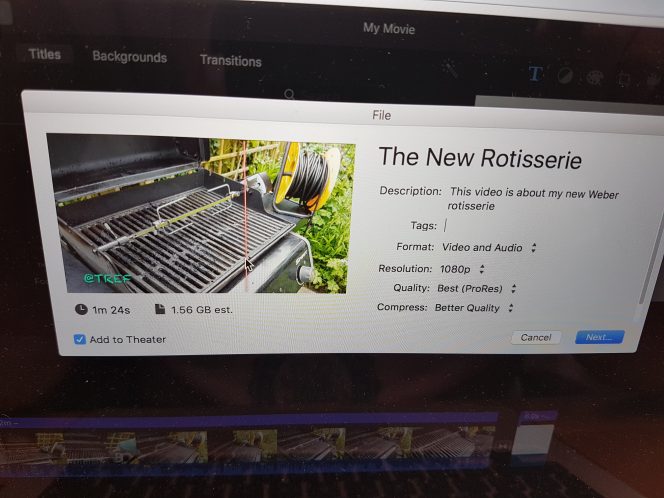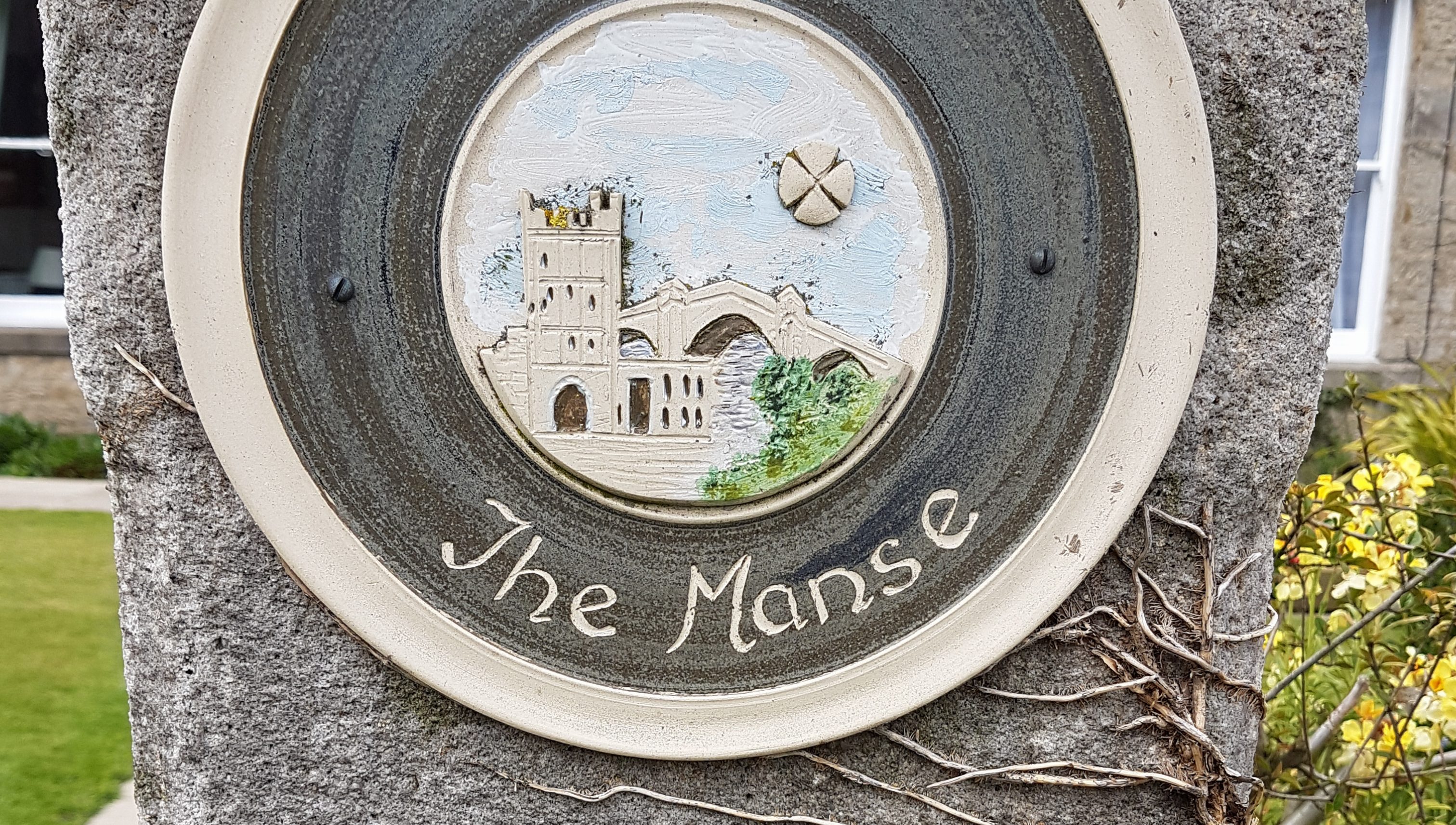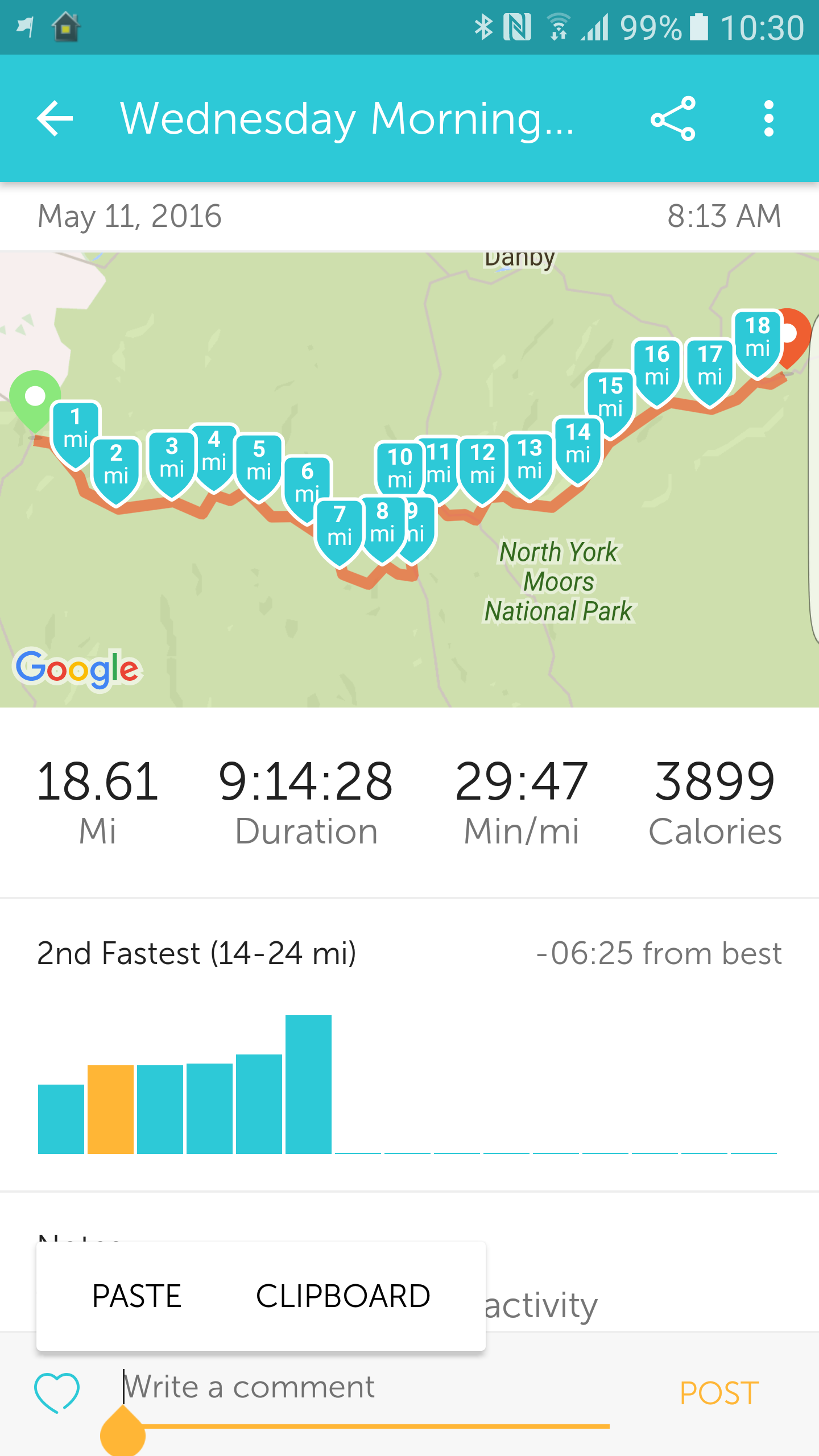Coast to coast walk advice
Coast to coast walk advice for first timers. Advice to people thinking of doing the coast to coast walk.
Our build up for the coast to coast was tremendous. It started at the end of March when I pushed the button, went through lots of training walks and stints in GoOutdoors splashing the cash on kit, and the promo activity designed to raise funds for Cancer Research UK. No that it is all over I thought I’d stick some reflections on the experience that could help you if you are thinking of doing it yourself.
weather
In the week or two running up to the start I stopped training, partly due to being away a lot on business, and started to focus on the weather for the trip. It was looking particularly black for day 1 which is how it eventually turned out.
We got totally soaked on day 1. My waterproof coat pockets filed up as I had left the zips open to take things in and out. The Martin wainwright Guide Book was totalled and I lost my specs (Oakleys). I’d removed them as my blurred vision was better than looking through blurred specs. The boots got thoroughly wet – no gaiters were going stop the lakes of water we had to paddle through from filling up the boots.
My gloves also got soaked through. They were supposed to be waterproof but weren’t. Make sure you have a decent pair.
As it happened whilst day 2 began wet the weather for the remaining 10 days was near perfect. On occasion it was too perfect – heat isn’t good for walking. 10 degrees with a gentle breeze is just about right. We were lucky. The average number of days’ rain in the lake district in May is 16.
We were lucky. Especially on the last day where the sun came out as we were walking in to Robin Hood’s Bay and allowed us to enjoy the experience sat outside the Bay Hotel with friends and family.
The enjoyment would have been really curtailed had we not had nice weather most of the time. Be prepared.
preparation
Although I did around 150 miles of walking in preparation for this trip it was mostly on flat roads around Lincoln. This was no preparation at all for the underfoot conditions on the coast to coast.
The Lake District in particular was a real swine (language and true feelings toned down for a Universal audience). There are few nice smooth paths and many steep ascents and descents.
Beware of lakeside paths. They are no such thing. They are merely areas of rock designed to hurt your feet and slow down progress. The dotted green line marking a “public footpath” gives no hint as to the difficulty of traversing said path. One mile an hour can be the going rate on such paths.
Ascents were actually less trouble than perhaps might have been forecast. As long as you take things steadily you can make good progress. On our last day we had a 1 in 3 hill to climb out of Grosmont and did this without stopping in just over 30 minutes. Likewise Loft Beck, the ascent to Honister Pass near the Black Sail Youth Hostel was far less trouble than anticipated and we managed it in an hour.
The big problem are the descents. These are bone jarring knee knackering “paths” that slowed us down big time and in the case of Honister resulted in my having to nip to Keswick in the morning to buy a knee support. Thereafter we planned some of our days to avoid the steep descents.
This had the side effect of also avoiding some ascents although it did usually mean a longer walk around the hill. It was more important for me to get from St Bees to Robin Hood’s Bay in one piece than to do it heroically but in bits, or not even to make it to the end at all.
How fit do you need to be?
This is where I should comment on Wainwright as a cult figure and how fit you need to be to do this walk. Old Alfred Wainwright was a life long fell walker. Any comments he makes about how long it should take you to walk a specific route should take this into consideration. When AW says a good walker should easily complete a stage in a day he really means it is easily doable if you are superfit.
Some stages are obvious ones to split into two days. In fact whilst we completed the walk in 12 days I’d say 14 or 16 would make the experience that much more enjoyable. Our days were spent concentrating on making progress to the end point B&B rather than making detours to see interesting stone circles or graves. With a 12 day schedule it was all about survival.
We met a party of retired persons who were walking East to West and taking 19 days. That’s 10 miles a day and a very comfortable pace. Worth thinking about if you can spare the time and afford the night stays. A daily mileage of 10 – 12 is good. Consider 15 to be a long day. 19 – 23 miles is just making it hard for yourselves.
There were plenty of walkers along the route who were eating up the miles on whatever surface they chose. It is doable but they were largely people for whom walking was part of their lives.
So when you read the Wainwright book and get fired up about the whole prospect of doing the coast to coast just remember you need to be pretty fit.
The other comment here relates to the Julia Bradbury Coast to Coast TV programmes. Julia made it look easy. In fact this was partly because they allegedly took six weeks to make the series. You weren’t going to be able to do the walk and stop off to meet the people she interviewed en route in 12 days, especially with a film crew in tow. Moreover she gave no real indication as to how tough the walk was going to be. Buyer beware:)
The last observation here is that both AW and JB would spend some days sat in cafes drinking tea whilst the rain pelted down. It just isn’t safe to go out on some of the hills if visibility is poor or non existent. Lethal in fact.
The problem here is that old AW would just go out on nice days as he lived a short drive away and in any case talked in terms of arranging the next night’s accommodation the day before or even on the day of the walk. This is not practical when you are on a timetable with accommodation booked and paid for months in advance. The coast to coast walk is so popular now that places get booked up very quickly. We spoke to ca couple of ladies, Alison and Betty who had tried to book the Lion in last December but it was full. great place to spend the night though so no wonder.
The rainy day alternatives can be a very long way round (eg Patterdale to Shap) and in some cases there are no obvious ones.
first aid kit
Essentials – lots of Compeed blister plasters and/or Duoderm blister treatment second skin. Plenty of spare sports tape or medical tape (and scissors) – these blister packs come off easily in the boot and need strapping down. Safety pins for popping blisters – the theory is that you leave them untouched but a fluid laden blister can be really sore in a boot. Antiseptic ointment (Savlon), Vaseline for places that can get sore when rubbed together – I lashed it on in spades and it did the job. Deep heat for sore muscle relief. Paracetamol and ibuprofen – I had really sore feet an they seemed to help plus I had a toothache at the start of the walk and the drugs seemed to take that pain away. I’d also pack Voltarol pain relief cream or gel for the feet and also some Arnica cream for bruise relief. Finally don’t forget sun tan lotion and after sun.
Oh and by the way. Nothing to do with first aid per se but take a roll of toilet paper with you in a plastic bag… It’s a top tip.
map reading
The coast to coast walk whilst signposted in many places cannot be done without constant reference to a map which needs to be readily accessible – we used a map case hung around the neck. We also used a compass, at least several times a day. If the weather turns bad this is even more important especially on the moors where there are few landmarks.
I also subscribed to Ordnance Survey Online and pre planned the route for each day making each one available offline. If we were unsure of our position we would whip the phone out to check. The GPS would tell us if we were even a few feet off the planned route. It was brilliant.
You shouldn’t rely on the phone though as the battery won’t last all day when using GPS. I carried two spare external phone charger although I dispensed with the weight of the second after a few days as one was enough.
I bought a Samsung Galaxy S7 Edge specifically for the walk as it is waterproof. The heavy rain on Day 1 however made the phone next to useless an the screen would respond to each raindrop as if I was pressing icons. I also dropped it in the wet slippery conditions smashing the glass on the back. That’s £630 worth of dog and bone!
The phone wouldn’t charge in the wet – the os detects moisture in the connector and stops it.
On day 2 I left the phone in a dry bag in my day sack only getting it out for essential purposes and using a GoPro in a waterproof case for pics and vids. After day 3 I resorted to carrying the phone in my pocket wrapped up in a merino wool buff to keep away moisture (sweat mostly). I took 25GB worth of pics and vids which would not have been so easy had I had to stop and get the phone out f the bag each time. The Edge is a brilliant phone.
A few people en route commented that they thought the Wainwright Coast to Coast should be better signposted and be made a National Route. I’d be against this. Some of the adventure is in having to find your way. Too many sign posts would be a dumbing down and becoming a National Route would also result in a lot more paving going down.
Mind you I’m all in favour of zipwires taking you across deep valleys and obviating the need to go down one side and up the other. One long zipwire from coast to coast would also work but I suspect be impractical and I suppose counter to the spirit of the game 🙂
I’m going to talk about kit in another post. But I hope this coast to coast walk advice helps you in putting together your plans for your trip.
Don’t forget I was raising cash for Cancer Research UK whilst on this Coast to Coast walk. JustGiving page here. The start date of the walk coincides with the anniversary of my mother’s death on May 1st last year. Mam was Chairman of the Marown & District branch of the IoM Anti Cancer Association. It’s never too late to contribute 🙂


